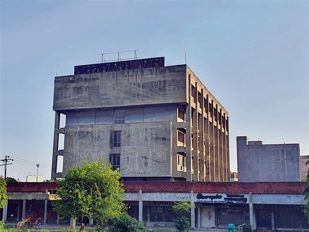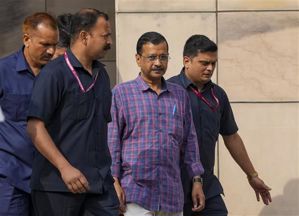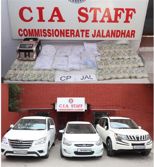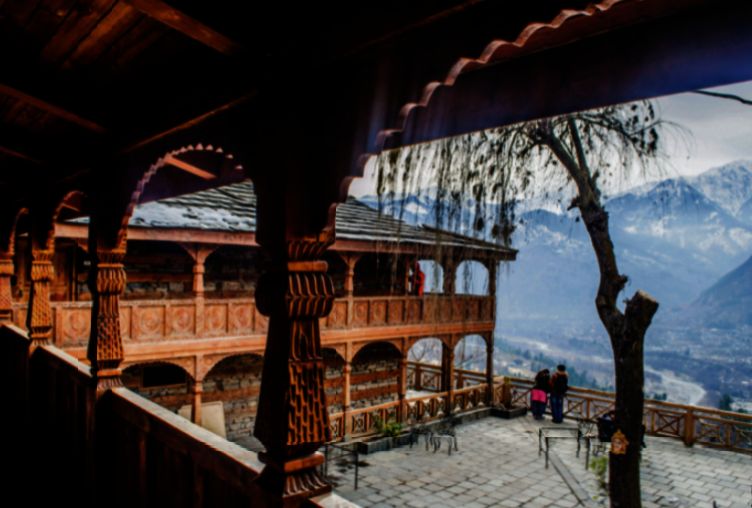
Raaja Bhasin
Perched high over the Kullu valley for some 1,400 years, Naggar was the seat of the erstwhile princely state of Kullu. The tiny village has expanded rapidly over the past few years. It seems to have watched all that happened below and around —how kings and conquerors came and went, how modernity arrived with a sea of change for everyone and yet, the place holds the lore of aeons along its wooded paths.
Kullu Raja restored kingdom
When the Anglo-Sikh wars came to an end in the mid-19th century, Kullu saw a Major Hay arrive as the newly appointed Assistant Commissioner. Raja Gyan Singh of Kullu was restored his kingdom and soon after, he exchanged his hereditary castle at Naggar for a rifle that belonged to the Major.
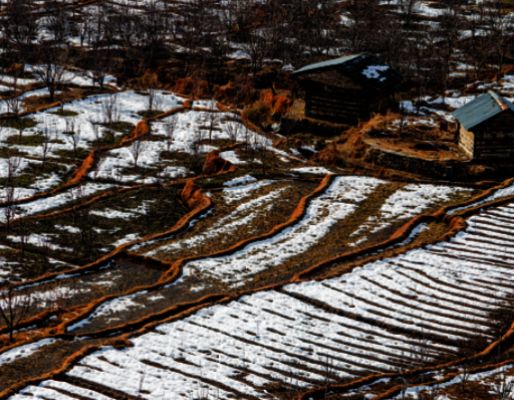
Today’s Castle Hotel
The Major had the structure exhaustively renovated. Fireplaces, chimneys and staircases arrived and the Naggar castle emerged as a unique amalgam of indigenous architecture and an English countryseat. The Major moved on and sold the castle to the Punjab Government — which began using it as a court and rest house. In the 1920s, the court activities ceased, but its doors remained open for visitors and travellers. In 1978, the Naggar castle was taken over by the fledgling Himachal Pradesh Tourism Development Corporation and today, this is ‘Castle Hotel’.
But the Major and his rifle come but halfway in the story, for the castle was built around 1460 by Raja Sidh Singh of Kullu. The stone for the castle is said to have come from the abandoned fort of Baragarh, some distance away. Another tradition maintains that this was carried by a human chain that stretched over 20 km to Gardekh and its old crumbling fort.
Legend of young ‘Rani’
Atop a precipice, a thousand feet above the rushing waters of the Beas and with a spectacular view of the valley, the castle steadily grew. And one of the stones is said to have come with no help from the builders. Within the castle’s courtyard, in a small structure, rests a huge boulder.
Legend has it that one of Kullu’s rulers took a girl from a village near the Rohtang Pass, some distance away, as his bride. The young ‘Rani’ was so homesick that the deities of the area, disguised as a swarm of bees, carried this rock from her village and placed it as a reminder in her new home.
Nicholas Roerich’s works
Naggar’s little confines hold the famous International Roerich Memorial Trust that hosts the ‘Roerich Gallery’, which houses the works of Nicholas Roerich, a Russian emigre who sought to unite the world through art. Born in Russia, Roerich came to the Kullu area before India’s independence and settled there. This Trust also has some of the works of his equally famous and talented son, Svetoslav.
‘Isht Devi’ Tripura Sundari
Naggar’s age-old shrines include the pagoda-shaped temple of Tripura Sundari. The Tripura Sundari temple also exhibits all the notable characteristics of this architectural genre. Roofs that rise in conical layers, an understanding of the aesthetics and balance of the design, and intricate workmanship are all here too. Tripura Sundari is accepted as the ‘Isht devi’, tutelary deity of the area. It is she who watches over the people who live in the tract ‘protected’ by her — and the village of Naggar is regarded to have been inhabited at her behest.
Protector Devi’s sojourn
Of all the legends and rituals associated with the Devi, her periodical sojourn in the territories of her worshippers is perhaps the most fascinating. On an elaborately bedecked palanquin and announced by a band of traditional musical instruments, the images of Tripura Sundari are carried forth and include golden ‘mohras’, busts.
Accepting homage and bestowing blessings, on the first day she descends into Kullu. The second day of the passage sees her in the Rupi valley and on the third day, she reaches Manikaran, where rice is distributed as a symbol of her protection. Then begins her trek to the deity Jamlu in the village of Malana.
This long haul of Tripura Sundari and her select band of carriers and worshippers takes a couple of days.
En route, the palanquin is greeted — and sometimes, even thwarted by other deities — and the latter are placated by offerings of flowers and rice. She stays in Malana for a day or two and then returns to Naggar. And at Naggar she remains keeping a watch over people and land she has made her own.
(The writer is an author, historian and journalist)
Join Whatsapp Channel of The Tribune for latest updates.





















